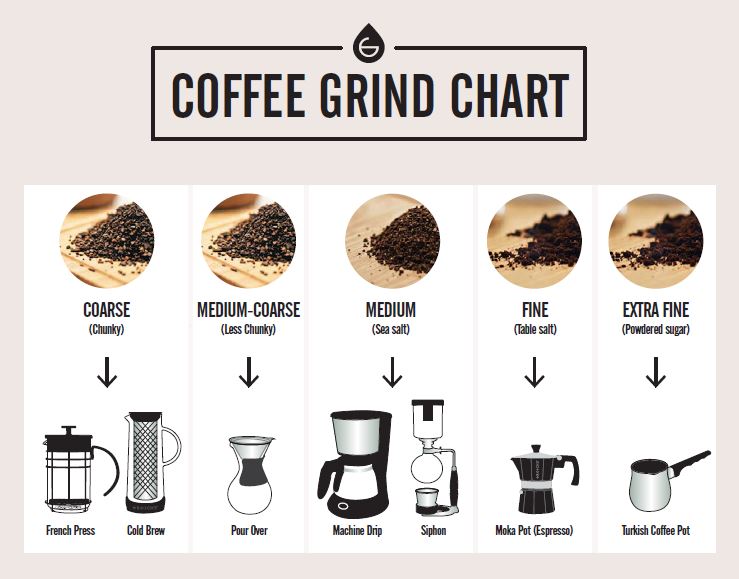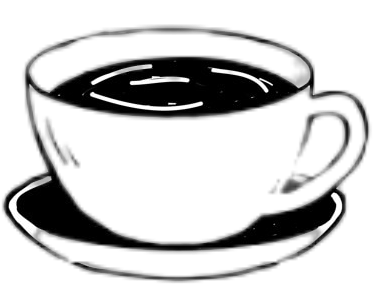When I first started making espresso at home, I quickly realized that grind size was just as important as the quality of the beans or the espresso machine I was using. The grind directly affects the taste, texture, and overall experience of your espresso shot. Through trial and error, I’ve gathered some insights into how to achieve the perfect grind and make espresso at home that rivals what I get from my favorite cafés. Discover the innovative features in the DeLonghi Magnifica Evo review
Espresso is a beloved coffee beverage known for its rich, concentrated flavors, but getting that perfect shot requires a delicate balance of several factors. In addition to choosing the best beans, ensuring the right machine, controlling water temperature, and applying the right pressure, grinding your beans correctly is essential to pulling a great shot. Too coarse or too fine a grind, and you may end up with a shot that’s either overly bitter or unpleasantly sour. Learn about the timeless design in the DeLonghi Magnifica S review
So, what is the best grind size for making espresso at home? Here’s what I’ve discovered.
Why Grind Size Matters for Espresso
In espresso, the brewing process is all about extracting the rich flavors, aromas, and body of the coffee grounds. The grind size plays a major role in determining how well these flavors are extracted. Since espresso relies on forcing hot water through the coffee grounds under high pressure, the grind size needs to be fine enough to allow the water to extract the right amount of flavors but not so fine that it creates excessive resistance. Explore our top picks in the Best Automatic Espresso Machine review
In contrast to methods like French press or pour-over, which use coarser grinds, espresso requires a very fine grind to ensure that the extraction happens quickly and evenly. The key is finding the right balance. Find the perfect machine to beat the heat in the Best Iced Coffee Maker review
Too Coarse a Grind:
If the grind is too coarse, the water will flow through the coffee grounds too quickly, leading to under-extraction. The result is an espresso that tastes weak, sour, or overly acidic.
Too Fine a Grind:
On the other hand, if the grind is too fine, the water will struggle to pass through, leading to over-extraction. This results in a bitter, overpowering shot that can be unpleasant to drink.
Finding the Ideal Grind
After experimenting with many different grind sizes, I found that the ideal grind for espresso resembles the texture of fine sand. It shouldn’t be as powdery as flour nor as coarse as salt. When you rub it between your fingers, it should feel slightly textured but still hold together, like wet sand on a beach. Dive into the best options for making lattes in the Best Latte Maker review
It’s also essential to invest in a good burr grinder to ensure consistent grind quality. Unlike blade grinders, which create uneven grounds, burr grinders crush the beans evenly, producing a uniform grind that ensures a consistent extraction. This is crucial for making espresso, as uneven grounds can lead to inconsistent flavor and texture.

Adjusting the Grind to Fit Your Espresso Machine
One of the things I’ve learned is that every espresso machine has its unique characteristics, and the grind needs to be adjusted to fit those particular traits. Here are some general guidelines that I follow when dialing in my grind:
Brews Too Quickly (<20 Seconds):
If your shot pulls too quickly, under 20 seconds, the grind is likely too coarse. When the grind is too coarse, the water flows through the coffee too quickly, failing to extract the full range of flavors. A finer grind will slow down the extraction and allow for better flavor development.
Brews Too Slowly (>30 Seconds):
If your espresso takes too long to brew, over 30 seconds, your grind is probably too fine. When the grind is too fine, water struggles to pass through the grounds, and the espresso may become over-extracted and bitter. Try coarsening the grind to achieve a more balanced extraction.
Ideally, I aim for a shot that pulls in about 25 to 30 seconds. However, keep in mind that different coffee beans may require small adjustments in grind size. So when I switch to a new roast, I often tweak the grind to match the characteristics of that particular bean.
Tips for Maintaining Consistent Grind Quality
Consistency is key when it comes to making great espresso. Over the years, I’ve come up with a few important practices that help me achieve the best results:
Fresh Beans Matter
Coffee beans start to lose their freshness soon after they’re roasted, so I always try to use beans that are no more than two weeks past their roast date. Fresh beans yield the best flavor and crema, and stale beans can result in a dull and flat shot of espresso.
Tamping Technique
The tamping technique is another important part of the process. When tamping your coffee grounds, make sure to apply even pressure to ensure uniform water flow. Uneven tamping can cause channeling, where the water passes through some areas of the puck more quickly than others. This leads to uneven extraction, which can affect the taste of your espresso.
Measuring Your Dose
To get a consistent espresso shot, I highly recommend weighing your coffee dose. I typically use 18 to 20 grams of coffee for a double shot, which helps ensure that the coffee-to-water ratio remains consistent. Using a scale makes it much easier to achieve precision in your brewing process.
Experimenting With Grind Size for New Flavor Profiles
While the fine grind is standard for espresso, there’s room for experimentation, especially if you’re trying to explore different flavor profiles.
Lighter Roasts:
If you prefer lighter roasts, you may find that a slightly coarser grind works better. A coarser grind can help balance the acidity that often comes with lighter roasts, allowing you to bring out more sweetness and brightness in the cup.
Darker Roasts:
For darker roasts, a finer grind can help intensify the rich, roasted, and chocolatey notes. Since darker roasts have less acidity, adjusting the grind to make the extraction process slower can enhance the overall body and flavor of the shot.
It’s important to remember that the grind size for espresso is not set in stone. Your taste preferences and the specific beans you’re using will dictate whether you need to make small adjustments to achieve the perfect shot.
Common Mistakes to Avoid
In my journey to perfect my home espresso, I’ve made my fair share of mistakes. Here are a few common ones to avoid:
Grinding Too Early
I used to grind my coffee beans well in advance of brewing, but I quickly learned that coffee loses its freshness soon after grinding. To preserve the aromatic oils and flavors, I now grind only what I need just before brewing. This simple habit makes a noticeable difference in the taste and aroma of my espresso.
Neglecting Grinder Maintenance
Grinders need regular maintenance to perform well. Over time, old grounds and coffee oils build up inside the grinder, and this residue can negatively impact the taste of your espresso. I make sure to clean my grinder regularly to ensure optimal performance.
Ignoring Roast Dates
Even if you’ve perfected your grind size and technique, stale beans will still produce a flat, dull shot. Always pay attention to the roast date of your beans and use them within a couple of weeks of roasting for the best flavor.

Conclusion: Mastering the Art of Home Espresso
Perfecting the grind for home espresso is not something that happens overnight. It requires practice, patience, and a willingness to learn from each shot you brew. Great espresso begins long before you pull the shot—it starts with selecting the right beans, dialing in the grind, and mastering every step of the brewing process.
After months of trial and error, I’ve finally managed to create espresso at home that’s as good as—or better than—what I get at my favorite cafés. There’s a unique satisfaction in crafting and enjoying a rich, flavorful shot of espresso in the comfort of my own kitchen.
For anyone just starting their home espresso journey, I encourage you to embrace the process of trial and error. Don’t be afraid to adjust your grind size, experiment with different roasts, and learn from each cup you make. With time, you’ll be able to craft espresso that’s perfectly tailored to your tastes.
If you're just getting started, you might want to consider investing in a good burr grinder and some high-quality beans. Products like the Baratza Encore Conical Burr Coffee Grinder and Hario Skerton Plus Ceramic Coffee Mill are available on Amazon and can help you get started on the right foot. Each of these grinders has earned praise for their consistency, quality, and ease of use, making them perfect choices for anyone serious about making great espresso at home.
Happy brewing!
